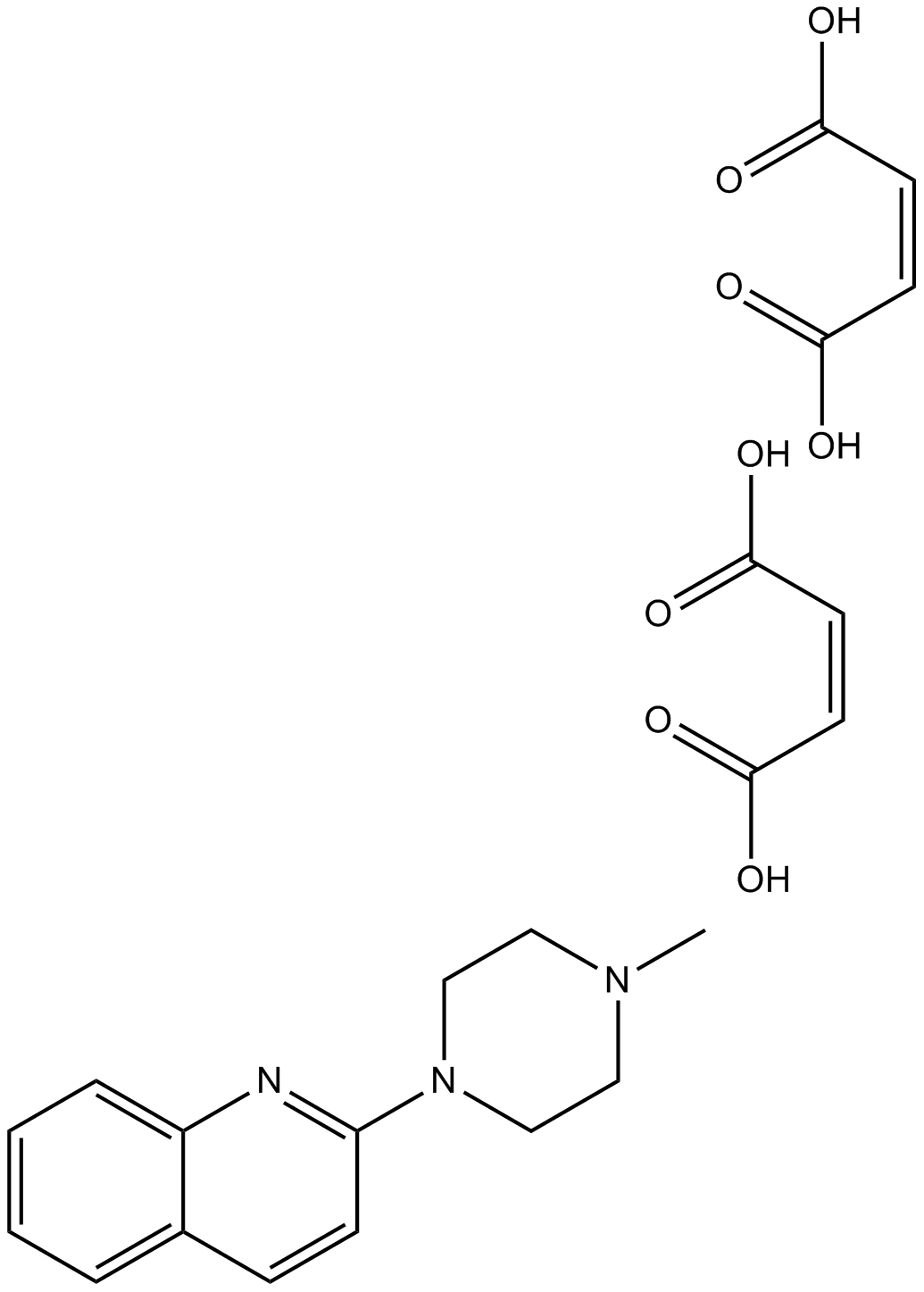Archives
ampk inhibitor Another issue raised by the IDSA
Another issue raised by the IDSA and others is the urgent need to establish a national FMT registry in order to monitor safety and long-term adverse events of FMT (Hecht et al., 2014; Vyas et al., 2015). Earlier this year, the American Gastroenterological Association (AGA) received funding from the National Institutes of Health (NIH) for creation of the first national registry for patients receiving FMT (AGA, 2016). The registry, designed to assess efficacy, patient outcomes and safety, aims to collect data from over 4000 patients over a 10-year period and will begin prospectively collecting clinical data starting in 2017. Such registries have been established for other human tissue products (e.g. blood, semen, breastmilk and organs). The FDA regulates each of these products differently, and the development of a new category of “tissue” for FMT, as advocated by many (Vyas et al., 2015) would address most of the issues surrounding standardization of the practice of FMT. Though regulatory agencies have yet to adopt this stance for FMT, new knowledge obtained from such a registry may provide valuable information in this regard.
This ampk inhibitor us with the emerging approach of stool-substitute therapies. Several groups are pursuing this avenue of research (Table 2) in the hope of expediting the commercial availability of an effective FMT-like treatment for rCDI that lacks many of its drawbacks.
Outstanding Questions
Given the potential of microbiome-based products for rCDI, there is interest in examining whether stool-derived therapeutics will prove beneficial for other indications including inflammatory intestinal diseases. As we continue to unravel the mechanisms behind the effectiveness of stool-derived therapies for rCDI, many findings emphasize the importance of a robust gut microbiota to host health. Investigating whether such mechanisms hold true for other GI and non-GI indications are  important future research directions to pursue. As FMT has been adopted into clinical practice in many countries, the proper standardization of FMT across regulatory bodies, for example through the use of standardized preparations, guidelines surrounding indication, and a better definition of what is considered to be a healthy microbiota will be necessary for efficient, consistent and safe use of this treatment modality (Abt et al., 2016).
important future research directions to pursue. As FMT has been adopted into clinical practice in many countries, the proper standardization of FMT across regulatory bodies, for example through the use of standardized preparations, guidelines surrounding indication, and a better definition of what is considered to be a healthy microbiota will be necessary for efficient, consistent and safe use of this treatment modality (Abt et al., 2016).
Search Strategies and Selection Criteria
Data for this review were identified by searches of PubMed, and references from relevant articles using the search terms “gut microbiome”, “gut microbiota”, “antibiotics”, “probiotics”, “fecal microbiota transplant”, “clostridium difficile”, “ulcerative colitis”, “obesity”. Unpublished reports were included in the FMT regulatory section. An exhaustive web search was conducted to compile the microbiome-based therapeutics in pre-clinical or clinical testing described in Table 2.
Introduction
Complex and coevolved interdependence is commonly observed between organisms that occupy the same ecological niches. However, considering the ecosystem of the mammalian intestine as complex and important is relatively novel, with the earliest microbiome studies occurring in the last century (Rosebury et al., 1954). Since then, studies have demonstrated a largely mutualistic relationship between the host and its bacterial microbiota, which promotes intestinal vascularization and epithelial cell function, supports nutrient absorption, and limits pathogen invasion (Brestoff and Artis, 2013; Stappenbeck et al., 2002; Hooper et al., 2012). Moreover, crosstalk between intestinal bacterial communities and the host fundamentally influences immune homeostasis, host-protective immunity and disease-associated inflammation (Brestoff and Artis, 2013; Belkaid and Hand, 2014). However, our understanding of how the other biological entities (archaea, viruses, fungi, and mammalian parasites) that colonize the intestine communicate with one another and the host is incomplete. ‘Transkingdom’ interactions between these entities and the host can influence intestinal ecosystem dynamics and immune homeostasis (Pfeiffer and Virgin, 2016). Here, we introduce the term ‘multibiome’ to encompass the biodiverse collection of microscopic (bacteria, archaea, fungi) and macroscopic (multicellular worms) organisms, as well as viruses (not represented in phylogenetic kingdoms) that colonize mammals (Fig. 1). In this review, we will discuss how each group individually influences the host immune system, how intestinal colonization or infection is impacted by other members of the multibiome, and how crosstalk between members of the multibiome and the host influences local and systemic immune homeostasis, health, and disease.